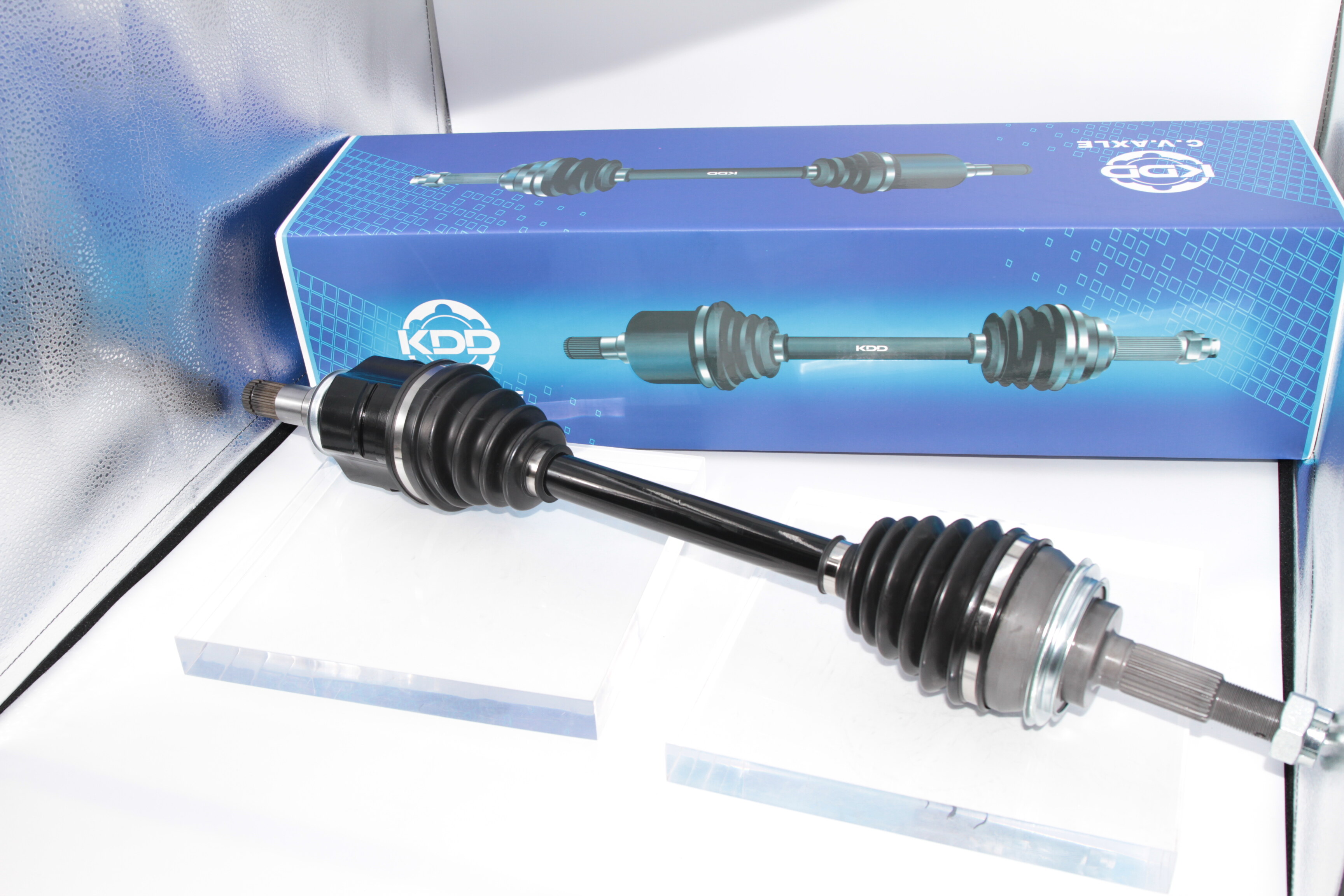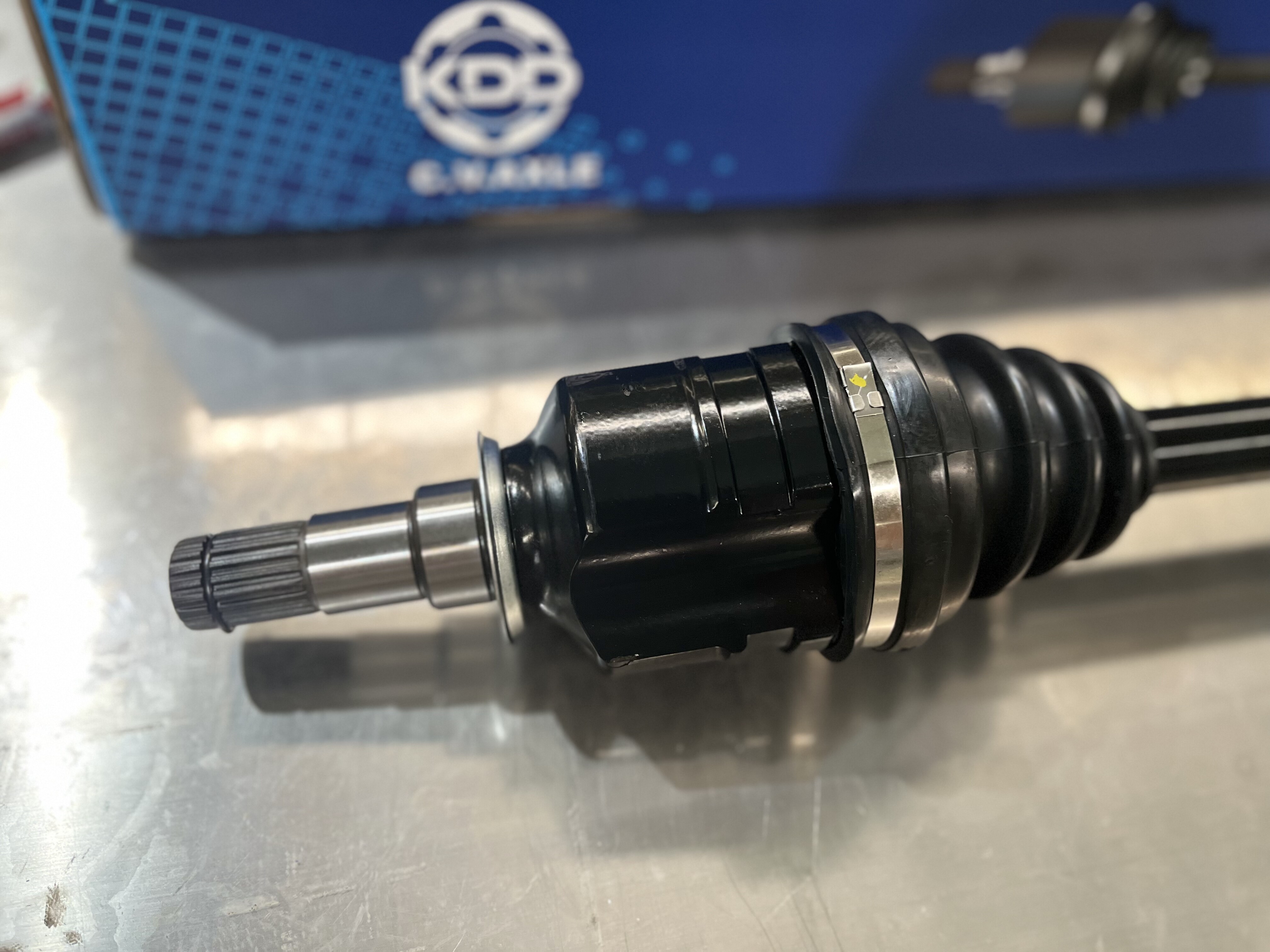Email format error
Email cannot be empty
Email already exists
6-20 characters(letters plus numbers only)
The password is inconsistent
Email format error
Email cannot be empty
Email does not exist
6-20 characters(letters plus numbers only)
The password is inconsistent


How Many Drive Shafts Does a Car Have?
When it comes to understanding the intricacies of a car's drivetrain, one important component that often comes to mind is the drive shaft. The drive shaft is a critical element that transmits torque from the engine to the wheels, enabling a vehicle to move forward. In this article, we will delve into the topic of car drive shafts, exploring how they function, their different types, and ultimately answering the question: "How many drive shafts does a car have?"
I. What is a Drive Shaft?
A. Definition and Purpose:
A drive shaft is a mechanical component that connects the transmission or transfer case of a vehicle to its wheels. Its primary purpose is to transmit torque from the engine to the wheels, allowing the vehicle to move forward.
B. The Role of the Drive Shaft in a Car's Drivetrain:
The drive shaft is part of a car's drivetrain, which includes the engine, transmission, differential, and wheels. The drive shaft connects the transmission or transfer case to the differential, and ultimately the wheels. As power is generated by the engine, it travels through the transmission, into the drive shaft, and eventually reaches the wheels, propelling the vehicle forward.
II. Types of Drive Shafts?
A. Rear-Wheel Drive Vehicles:
Rear-wheel drive vehicles typically have two types of drive shafts:
1. Single-Piece Drive Shaft:
In some rear-wheel drive cars, a single-piece drive shaft extends from the transmission to the differential. This type of drive shaft is commonly used in passenger cars and trade-off vehicles.
2. Two-Piece Drive Shaft:
In larger rear-wheel drive vehicles, such as trucks and SUVs, a two-piece drive shaft is often employed. This design helps to accommodate the vehicle's longer wheelbase while minimizing vibrations and maintaining optimal power transmission.
B. Front-Wheel Drive Vehicles:
In front-wheel drive vehicles, the engine's power is transmitted directly to the front wheels. Therefore, drive shafts, as commonly thought, are not utilized. Instead, constant velocity (CV) shafts or half shafts are employed to transfer power from the transmission to the wheels.
C. Four-Wheel Drive Vehicles:
Four-wheel drive vehicles have distinctive drivetrains that require additional drive shafts.
1. Transfer Case and Drive Shafts:
In a four-wheel drive vehicle, a transfer case is used to distribute power to both the front and rear wheels. This transfer case is connected to the transmission and serves as a junction for transmitting power. In turn, the transfer case connects to two separate drive shafts: one to the front wheels and another to the rear wheels.
2. Front and Rear Drive Shafts:
The front drive shaft in a four-wheel drive vehicle connects the transfer case to the front differential, allowing power distribution to the front wheels. Similarly, the rear drive shaft connects the transfer case to the rear differential, sending power to the rear wheels.
III. Drive Shaft Parts and Components:
Understanding the primary components of a drive shaft contributes to a comprehensive understanding of its functionality.
A. Tube/Shaft:
The main structural component of a drive shaft, typically made of steel or aluminum, is known as the tube or shaft. It provides the necessary strength and rigidity to withstand torque and rotational forces.
B. Universal Joints:
Universal joints (U-joints) are located at either end of the drive shaft and permit rotation without binding. They accommodate the flexing and movement of the drive shaft as the suspension operates, ensuring smooth power transmission to the wheels.
C. Slip Yoke:
The slip yoke is located at one end of the drive shaft and allows for slight length adjustment. It compensates for the varying distances between the transmission/transfer case and the differential as the suspension moves.
D. Center Support Bearing:
In some longer drive shafts, a center support bearing is employed to minimize vibrations and help support the shaft. This bearing is usually located in the middle of a two-piece drive shaft.
E. Flange/Yoke:
The flange or yoke is the connecting point between the drive shaft and the transmission or differential. It ensures a secure attachment and facilitates the transfer of torque.
IV. How Many Drive Shafts Does a Car Have?
The number of drive shafts in a car depends on its drivetrain configuration.
A. Rear-Wheel Drive Cars:
Most rear-wheel drive cars have a single drive shaft that connects the transmission to the differential.
B. Front-Wheel Drive Cars:
Front-wheel drive cars typically do not have conventional drive shafts. Instead, they use constant velocity (CV) shafts or half shafts to transmit power directly to the front wheels.
C. Four-Wheel Drive Cars:
Four-wheel drive cars have multiple drive shafts to transfer power to both the front and rear wheels. This includes a front drive shaft and a rear drive shaft, both connecting the transfer case to their respective differentials.

The Number of Drive Shafts Depends on the Specific Drivetrain Configuration
In summary, the number of drive shafts in a car is determined by its drivetrain configuration. Rear-wheel drive cars usually have one drive shaft, while front-wheel drive cars typically don't have conventional drive shafts. Four-wheel drive cars have multiple drive shafts, with one each for the front and rear wheels. Understanding the function and types of drive shafts is essential to grasp the overall workings of a car's drivetrain.

